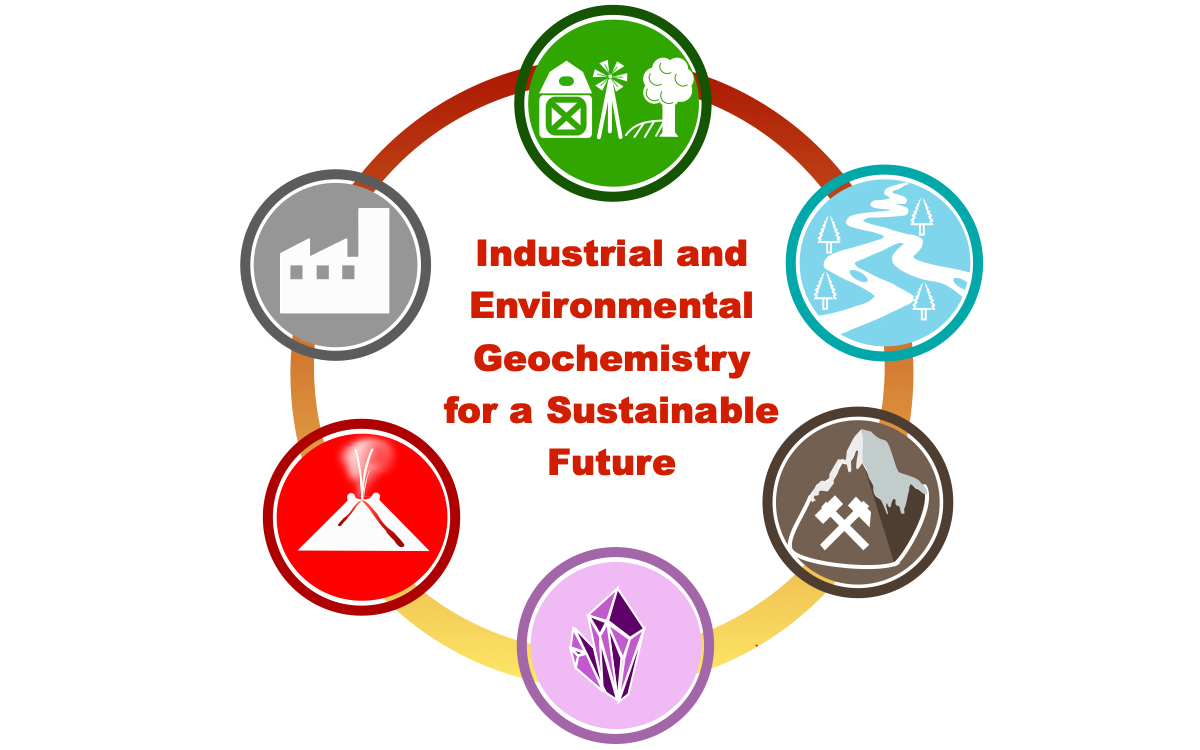- Valentina Brombin - Università di Ferrara
- Salvatore Dominech - INGV Palermo
- Nicolas Greggio - Università di Bologna
- Federica Meloni - Università di Firenze
- Simone Toller - Università di Bologna
Chemical elements present in anthropogenic solids, liquids, or gases, interact with each other and partition, leach, absorb, precipitate, and accumulate in their industrial fluxes but also interact with natural environment. Therefore, geochemists are called to investigate the abundance, distribution, mobility, and recovery of elements in anthropic streams and how they integrate into the natural system rock–soil–water–air–life with a multidisciplinary approach, and having knowledge of the industrial processes, collaborating with experts of the field. Characterizing the elemental behavior in industrial systems and natural environments is fundamental to face global social challenges such as environmental quality, ecosystem equilibria, human health, sustainable development, and recovery and availability of resources. The Industrial and Environmental Geochemistry session focuses on innovative methods, analyses, and research that can highlight processes involving majors and traces, REE, PGE, and isotopes at the boundary between industry and environment. In particular, this session welcomes researchers with different backgrounds to advance our understanding of the following topics:
i) low-temperature mineralogical and geochemical processes
ii) isotope fractionations and element partitioning between shallow lithosphere, pedosphere, hydrosphere, and atmosphere
iii) qualitative and quantitative evaluations of pollution or enrichments for environmental or resource assessments
iv) potential innovative application in industry and for remediation
v) role of the geochemistry in achieving sustainable development goals.
i) low-temperature mineralogical and geochemical processes
ii) isotope fractionations and element partitioning between shallow lithosphere, pedosphere, hydrosphere, and atmosphere
iii) qualitative and quantitative evaluations of pollution or enrichments for environmental or resource assessments
iv) potential innovative application in industry and for remediation
v) role of the geochemistry in achieving sustainable development goals.
Low Temperature Geochemistry, Industrial Processes, Sustainability, Environmental Impact Assessment

